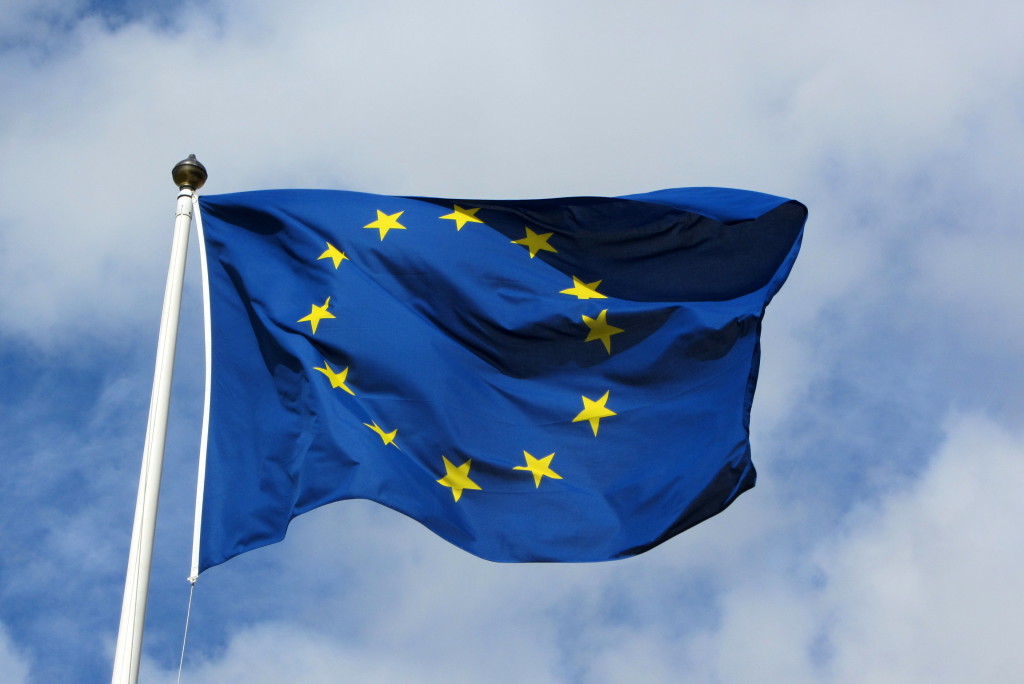The Digital Single Market: Pillar 1
The Digital Single Market: Pillar 3
Over the next few weeks we will be sharing more information and explanation about the core elements of the recently published European Digital Single Market strategy (DSM). This is in advance of Tuesday 23rd June, when we are pleased to be hosting Director General Robert Madelin and his team from the Commission for a consultative event with UK digital tech businesses. This is your chance to better understand – and influence – a significant policy agenda. Sign up for the event now.
The European Commission published its Communication on a Digital Single Market Strategy for Europe on 6 May 2015. This document contains proposals for a wide range of initiatives, many of them legislative, to remove barriers to online trading in the EU.
The Digital Single Market strategy is built around three pillars:
- Improving access for consumers and businesses to digital goods and services across Europe (e-commerce)
- Creating the right conditions and a level playing field for digital networks and innovative services (infrastructure)
- Maximising the potential of technological innovation (digital economy growth)
Pillar 2: Infrastructure
While pillar 1 focuses on removing cross-border barriers to promote harmonised ecommerce, the Commission also recognises that Europe’s network infrastructure is key to a successful Digital Single Market. As such, pillar 2 aims to encourage a reliable, trustworthy, high-speed and affordable network on which future digital innovations (including cloud computing, Big Data and the Internet of Things) will be progressed. But where’s the focus?
The Commission’s proposals include the following:
- Overhaul EU telecoms rules to develop a more efficient joint-up infrastructural framework. The goal is to create a common EU-wide criteria for spectrum assignment at national level; creating incentives for investment in high-speed broadband; ensuring a level playing field for all market players, traditional and new; and creating an effective institutional framework
- Review the audiovisual media framework, focusing on the roles of the different market players in the promotion of EU works (TV broadcasters, on-demand audiovisual service providers). It will as well look at how to adapt existing rules to new business models for content distribution
- Analyse the role of online platforms (search engines, social media, app stores, etc) in the market. This will cover issues such as the non-transparency of search results and of pricing policies, how they use the information they acquire, relationships between platforms and suppliers and the promotion of their own services to the disadvantage of competitors. It will also look into how to best tackle illegal content shared and consumed on the Internet
- Reinforce trust and security in digital services, notably concerning the handling of personal data. Building on the new EU data protection rules – which are due to be adopted by the end of 2015 – the e-Privacy Directive will be reviewed
- Propose a partnership with the industry on cyber security in the area of technologies and solutions for online network security





